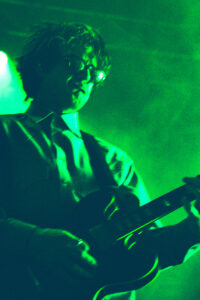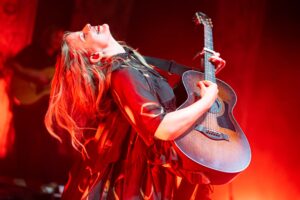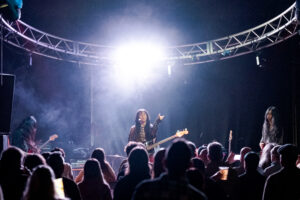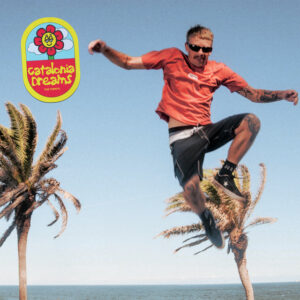WHY WE SHOULD BRING ‘TOP OF THE POPS’ BACK
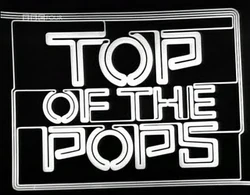
Aired for the first time in 1964, Top of the Pops (TOTP) was a weekly music show that featured the biggest stars of the day, including The Beatles and Stones. It was axed in 2006 after ratings plummeted. Despite Simon Cowell’s desire to revive the show in 2008 and Nick Grimshaw’s announcement of a Top of the Pops-style show in 2016, neither of these initiatives went ahead.
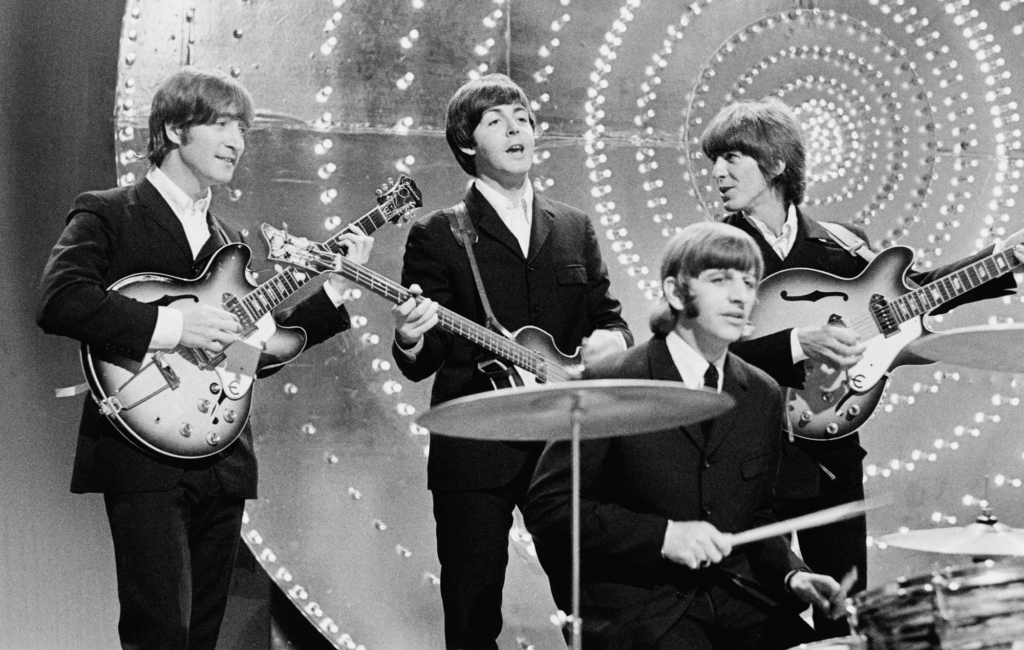
For decades, “Top of the Pops” served as the go-to platform for discovering new music in many households. From rock to pop to soul and hip-hop, the show showcased and promoted a wide range of popular music genres. By bridging generations, it served as a crucial platform for celebrating and preserving music history. The BBC wrongly assume that ballroom dancing and baking cakes with Mary Berry are more suited to TV than popular music and musicians who made this country what it is.

Streaming platforms have increased in popularity and physical sales have declined in recent years, changing the music industry significantly. Even so, TOTP’s could still play an important role in reinvigorating the music industry. The rise of streaming platforms has given viewers access to a vast library of recorded music. This instant access to on-demand content has overshadowed the need for live television coverage of music events. However, it is important to note that while streaming provides convenience, it lacks the immersive and interactive experience that live performances offer. By providing a dedicated platform for music discovery, the show can revive interest in upcoming releases. This will encourage fans to engage with their favourite artists. This, in turn, can support the music industry as a whole.
There is of course live music on The Graham Norton Show and The Jools Holland Show. However, these are marketed towards the middle classes (isn’t everything creative these days, but that’s another article all together) and there isn’t a regular slot dedicated solely to performances like on TOTP. The music industry itself is influenced by social class. People with connections, resources, and wealth are more likely to succeed in the music industry as they have more opportunities, creating a class-based hierarchy. This can limit opportunities for artists from disadvantaged backgrounds, perpetuating the dominance of certain social classes.
TOTP’s allowed artists from working class backgrounds to gain exposure and be discovered by a wider audience. While the annual Glastonbury broadcast provides a captivating experience for music enthusiasts, it only scratches the surface of what can be achieved with live music on television. The exclusivity and short duration of this event leave many fans craving more. Imagine if there was a regular space on the telly dedicated to showcasing a diverse range of live musical performances. This would cater for different tastes and genres. Nowadays, live gigs are also extremely expensive, making this particularly sad. Gig tickets have doubled in price since the nineties, according to BBC data from 2018 (the latest available).
TOTP was notable for diversity and inclusivity. A variety of artists from different backgrounds and genres are featured regularly on the show, showcasing the diversity of the music scene. We need to restore that sense of unity and celebration of different cultures through music’s universal language. There is no doubt that music has the unique ability to bring people together in a world that is becoming increasingly divided. Nothing else can unite us like it, since it transcends all boundaries. Music’s power to unite us and help us work towards a world that is more inclusive and harmonious was celebrated by TOTP.
TOTP’s was known for its ability to create memorable moments that stayed with viewers long after the show ended. Among the memorable performances, Happy Mondays sang ‘Hallelujah’, accompanied by Kirsty McColl. In addition, John Lennon’s final performance on Top of the Pops was undoubtedly one of the most bizarre and intriguing moments in the history of the iconic music show. What made it even more captivating was the fact that Yoko Ono, Lennon’s wife, was present at the performance, but her eyes were bandaged over. This unusual appearance added an extra layer of intrigue and symbolism to the event.
There was nothing more ’90s than Blur’s fantastic performance of ‘Country House’. After a head-to-head war with Oasis who released ‘Some Might Say ‘ on the same day. Not only does Alex James wear Oasis’ signature fan shirt, but Pulp’s Jarvis Cocker also introduces Blur! There was nothing cooler back then than TOTP’s.

You can’t avoid miming with TOTPs since many artists had problems with it. Between 1968 and 1976, Pan’s People were a British all-female dance troupe most commonly associated with BBC TV’s Top of the Pops. They performed when artists were unable to perform live. When Oasis played “Roll with It” on British chart show on 17 August 1995, they were required to mime the song, and in doing so the Gallagher brothers switched roles with Liam pretending to play guitar and Noel pretending to sing (equipped with Liam’s tambourine).
Noel mime Liam’s lines for Oasis 17th August 1995 performance.
Kurt Cobain and co played full-on parody on Nirvana’s only appearance on TOTP’s. Initially, they mock the forced pretend playing of their instruments (Dave Grohl wins with his Muppet Animal impression) and, just when TOTP show-runners thought things couldn’t get worse, Cobain then sings the entire Smell Like Teen Spirit song in the style of Sisters of Mercy before singing a bit of Morrissey in the chorus. Despite the spotty teens’ half-arsed stage invasion at the end of the performance, this TOTP’s moment of awkward adolescent rebellion for me is the most memorable of all-time performances.
From unforgettable duets to iconic hosting moments, the show left an indelible mark on pop culture. We must strive to create similar moments that will be etched in our collective cultural memory for years to come. We at Northern Exposure call for “Top of the Pops” to be reinstated as it is essential for preserving music history, showcasing diversity in music, promoting artist discovery, reinvigorating the music industry, and creating memorable moments! By embracing this program, we can celebrate the rich history of popular music and ensure that it continues to thrive in the digital age.

